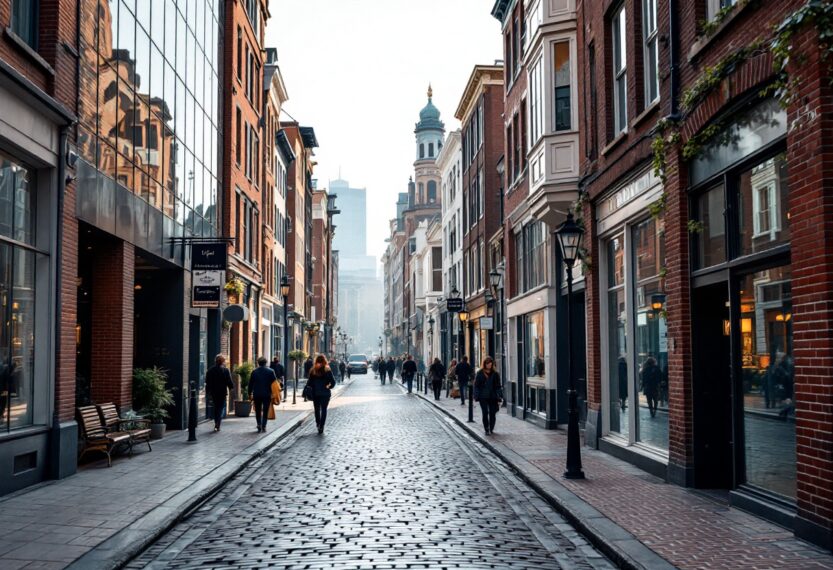In a world where artistic expression is often celebrated, the plight of Iranian filmmakers remains a poignant reminder of the sacrifices made for creativity and freedom. The recent film, The Seed of the Sacred Fig, directed by Mohammad Rasoulof, exemplifies the extraordinary lengths to which artists must go to create under oppressive regimes. This film, which has garnered international acclaim, including a nomination for Best Non-English Language Film at the Golden Globes, was produced in secrecy, highlighting the dire circumstances faced by its creators.
The art of secrecy
Filming in Iran poses significant risks, as artists navigate a landscape fraught with censorship and potential imprisonment. Rasoulof, who fled Iran after being sentenced to eight years in prison, illustrates the dangers inherent in his craft. The film’s cast and crew employed various strategies to evade detection, such as disguising their work as state-sponsored productions. This clever maneuvering allowed them to film without attracting the attention of the authorities, a necessity for any artist operating in a repressive environment.
The human cost of creativity
At the heart of The Seed of the Sacred Fig lies a family drama that resonates universally, yet it is steeped in the unique socio-political context of Iran. The narrative follows Iman, a father who ascends to a position of power, and his family’s struggle to reconcile their personal lives with the expectations imposed by the regime. The film’s portrayal of familial relationships amidst political turmoil serves as a microcosm of the broader societal issues faced by Iranians today.
Rasoulof’s cast, including Setareh Maleki and Mahsa Rostami, are not just actors; they are individuals who have experienced the harsh realities of life in Iran. Their involvement in the film is a testament to their courage and commitment to artistic expression, even in the face of potential repercussions. The emotional weight of their performances is amplified by their personal histories, as they grapple with the consequences of their choices in a society that stifles dissent.
The international spotlight and its implications
As The Seed of the Sacred Fig gains recognition on the global stage, questions arise about the impact of this attention on those left behind in Iran. Rasoulof emphasizes the importance of international awareness, believing that scrutiny can mitigate the regime’s oppressive tactics. However, the reality for many artists still in Iran is fraught with uncertainty. The film’s success may bring some level of protection, but it also places those involved at greater risk of retaliation.
The duality of their situation is stark: while the film opens doors for dialogue about human rights and artistic freedom, it simultaneously exposes the vulnerabilities of those who remain in a repressive environment. The emotional toll of this dichotomy is evident in the reflections of the cast, who express a deep connection to their homeland and the struggles of their compatriots.
In conclusion, the journey of Iranian filmmakers like Mohammad Rasoulof is a powerful narrative of resilience and defiance. Their stories remind us of the vital role that art plays in challenging oppression and fostering understanding across cultures. As the world watches, the hope remains that the voices of these artists will inspire change and pave the way for a future where creativity can flourish without fear.

